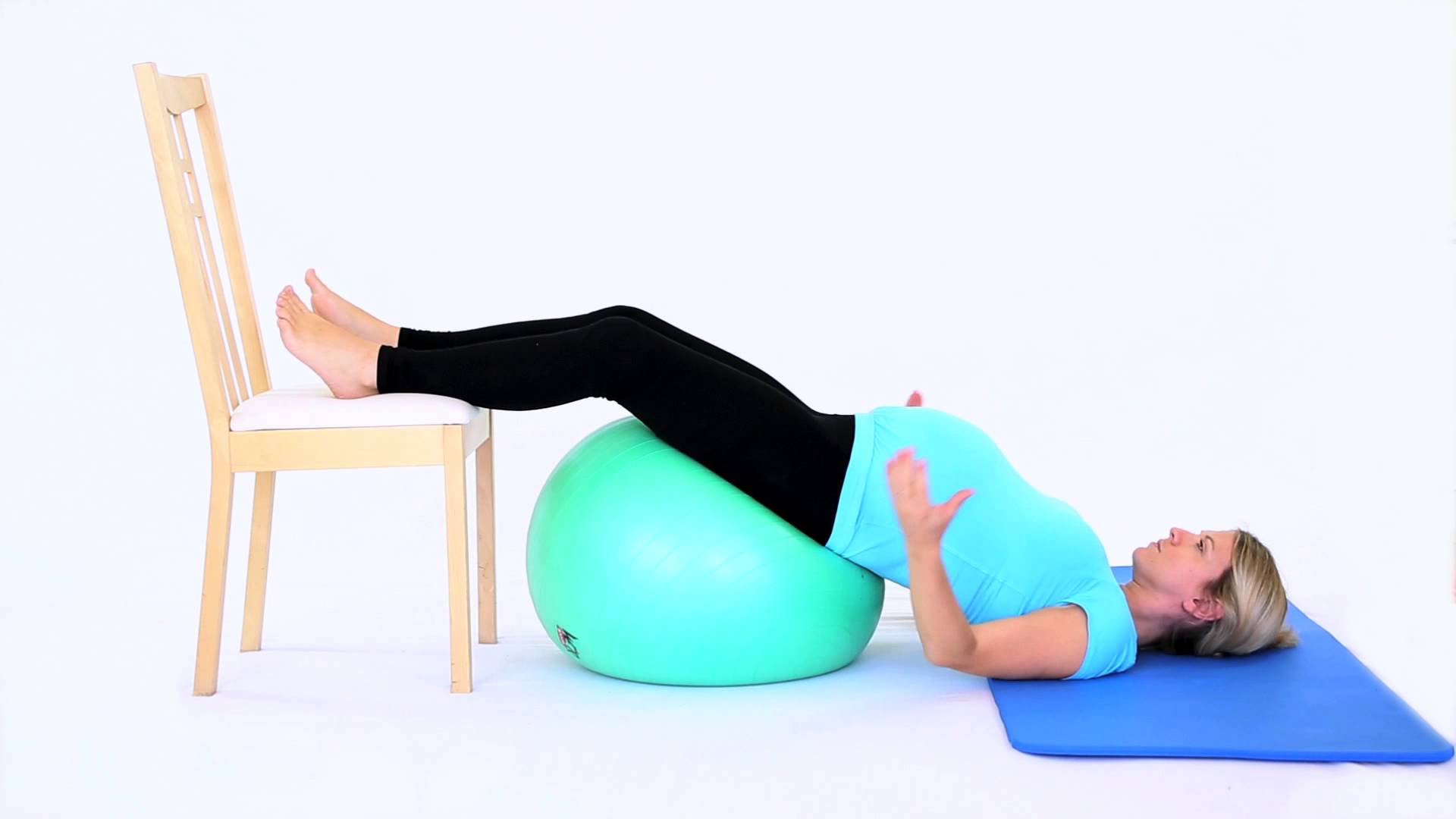Exercising is easy and the best way to significantly improve mental and physical well-being during and after pregnancy. Low-impact exercises such as walking, yoga, and swimming, are considered to be safe at any stage.
In this article:
Benefits of Exercise During First Trimester
How to Get Started?
How Much Exercise?
Best Exercises
Do’s and Don’ts
Is there any Chance of Miscarriage?
A Guide for Exercising in the First Trimester
Benefits of Exercise During First Trimester
- Reduced morning sickness
- Improved sleep
- Improved mood
- Reduced stress and anxiety
- Reduced fatigue
- Easier childbirth
- Reduced risk of constipation and hemorrhoids
- Reduced risk of gestational diabetes and pregnancy-induced hypertension
- Improved ability to manage weight gain and maintain a healthy weight during and after pregnancy
How to Get Started?
During the first trimester, establish an aim for good exercise habits. The right amount of exercise will depend on how active a person was before pregnancy. It is best to favor low-impact exercises such as walking, yoga, swimming, and water aerobics. Some slightly more vigorous exercises are often appropriate in the first trimester, which includes running and moderate weightlifting.
While the benefits generally outweigh the risks, speak with a doctor before starting any new exercises or workout routines to avoid complications.
How Much Exercise?
According to most health authorities and agencies suggest that pregnant people get at least 150 minutes of moderate-intensity, low-impact exercise each week. These 150 minutes are best as five 30 minute workouts. However, some pregnant women might prefer to exercise for 10-20 minutes throughout the day when symptoms such as nausea or lower back pain become uncomfortable.
Best Exercises
- Prenatal yoga – it is considered a complete workout, it builds strength, has cardio, works on flexibility, and is known to help reduce pain during the delivery. This workout is specifically designed for pregnancy.
- Pilates – it incorporates strength, flexibility, and cardio to create a perfect workout routine that is low intensity but highly effective. This is known to help increase blood flow.
- Squats – it is an amazing way to build lower body strength and also help build durability in the groin region. Also, known to help reduce pain during the delivery.
- Swimming – it provides movement for the body and is great for a cardio workout, can help tone most of the body, and is also great for the pregnancy.
- Jogging – one of the safest ways to exercise. It helps build stamina and regulate blood flow. It is a great workout for the first trimester.
- Spinning – it is great for aerobic workouts, it is intense yet low impact; it pushes the heart rate in a healthy and controlled way; it is safe and best of all it burns calories and a great way to improve the metabolism.
- Weights – lifting weights is a great way to build strength, this also helps in toning of muscles all over. If done correctly, it can help manage weight distribution to carry that excess pregnancy weight later in the pregnancy. Remember, don’t lift heavy weights and ensure maintain the form of the workout, don’t lock the joints.
Do’s and Don’ts
Tips for exercising safely during the first trimester are –
- Stay hydrated
- Stay cool and wear loose-fitting clothing
- Wear well-fitting, supportive, non-slip shoes
- Recognize the time when to exercise less often or reduce the intensity of exercises
- Set realistic goals and try to stick to them
- Remember to breathe and be aware of the heart rate and breathing rate during workouts
To prevent complications, avoid –
- High-impact exercises
- Contact sports
- Sudden movements
- Exercises with a high risk of falling like gymnastic or aerial sports
- Bouncing or leaping
- Sprinting
- High-intensity exercises that increase the heart and breathing rates
- Sports that cause excessive sweating
- Exercises that involve significant twisting or turning of the body
- Bending backward
- Lying on the back
- Raising the feet above the head
- Exercises that place jarring pressure on the pelvis and torso
- Exercises or environments that increase the risk of overheating of the body
- Standing for too long cause blood to pool in the legs
Is there any Chance of Miscarriage?
Pregnant women doing high-impact exercises may put too much pressure on the uterus. This can cause complications such as bleeding and preterm labor. When the core temperature of a woman in the first trimester exceeds 102 degrees F for more than 10 minutes, this is considered overheating. It has been linked with fetal neural abnormalities and miscarriage.
Stop exercising when –
- Nauseous
- Dehydrated
- Overheated
- Dizzy or lightheaded
- Having trouble breathing
- Having an uncomfortable or unsteady heart rate
- Having a headache
Pregnant women experiencing the following should contact the doctor –
- Vaginal discharge or bleeding
- Abdominal or pelvic pain
- Loss of consciousness or passing out
- Uncontrollable vomiting or diarrhea
- Chest pains
- Contraction or reduced fetal movements
- Rapid or slow pulse
- Calf pain or swelling
Conclusion
Exercising during the initial stages of pregnancy can be an extremely important and beneficial thing, ensure that any workout plan designed is only implemented after getting the go-ahead from the doctor.
References
- https://parenting.firstcry.com/articles/guide-to-exercise-during-pregnancy-first-trimester/
- https://www.medicalnewstoday.com/articles/321983#miscarriage













